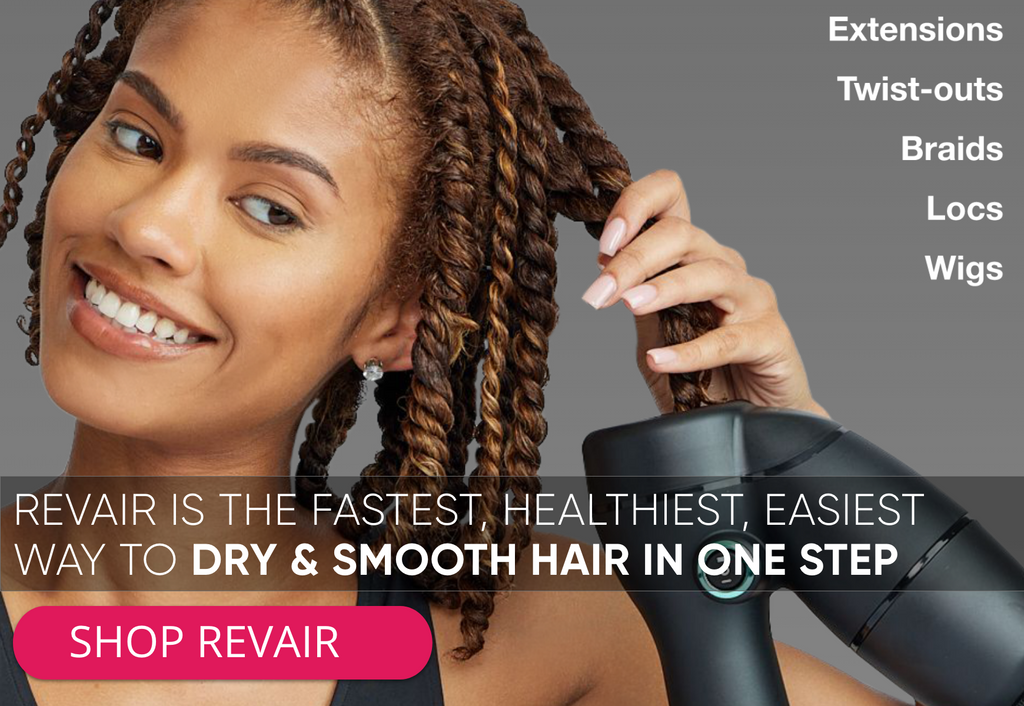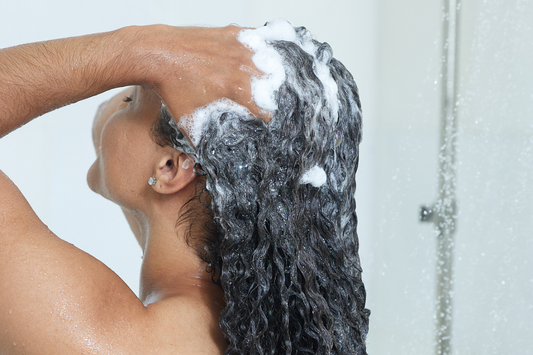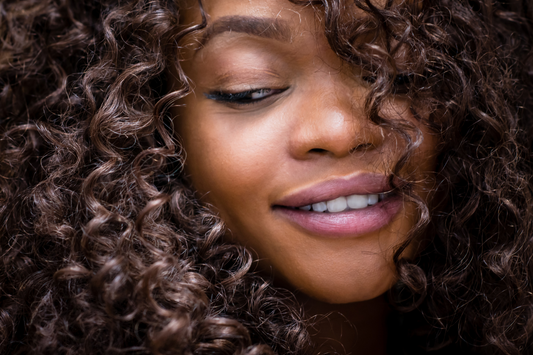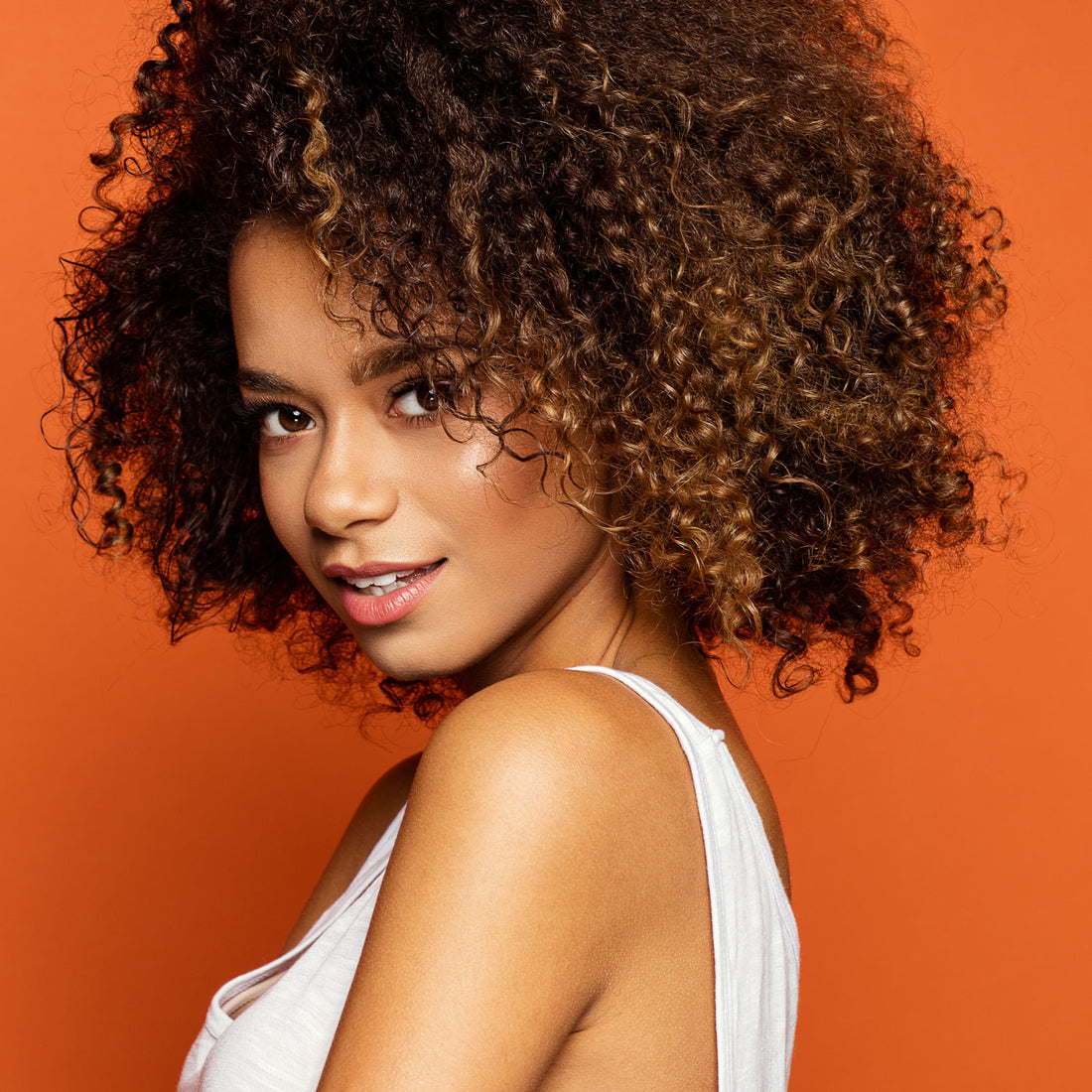
How to Determine Your Hair’s Porosity & What It Means
If you have heard the term "hair porosity" recently and were baffled by it, don't worry, you're not alone! "Hair porosity" is one of many different terms and categories to describe hair health, texture, and type.
We get it; all these terms can be overwhelming. To make it easier, we're going to be breaking down another (possibly) daunting hair care term: hair porosity.
The term "hair porosity" refers to the general ability of your strands to absorb and retain moisture. There are three types of hair porosity levels: low, medium,andhigh.
We will go over exactly what each of these means for your hair, teach you how to figure out your hair's porosity level, and - most importantly - provide you with some crucial tips and tricks for each hair porosity type.
SQUARE ONE
Let's start from square one: what does porosity mean? Hair porosity refers to hair's natural ability to absorb moisture and product.
We've created a simple hair porosity test assessment to help you determine your hair's porosity level. We will also provide you with a bit of background as to what exactly this means, so keep reading to learn more.
If you'd like to take a hands-on approach, there are a few quick hair porosity tests that you can conduct yourself to determine your hair's porosity level.
THE STRAND TEST
Take a single strand of your hair in your fingers. Starting from the bottom, run your fingers upwards toward the root of the strand.
What do you feel?
What It Means:
- If the strand feels rough, bumpy, or breaks: Your hair has a high level of porosity.
- If the strand feels smooth: Your hair has a medium level of porosity.
- If the strand slides easily and feels dense or hard in your fingertips: Your hair has a low level of porosity.
Want a second opinion? Try this quick test, too!
THE FLOAT TEST

After brushing or running fingers through your hair, remove a single strand. Fill a bowl or cup with room-temperature water and place the strand inside.
What It Means:
- If the strand sinks quickly to the bottom: Your hair has a high level of porosity.
- If the strand sinks slowly to the bottom: Your hair has a medium level of porosity.
- If the strand floats: Your hair has a low level of porosity.
WHAT DOES MY HAIR POROSITY MEAN?

Now that you've figured out your hair's porosity level, let's dive into what exactly this means for you and your haircare routine. We'll also explain how your hair's porosity level can change over time.
HIGH POROSITY
High-porosity hair has difficulty retaining moisture. It tends to be a bit more damaged because of UV exposure, heat styling, and chemical or bleach processing.
Over time, this results in the hair cuticles being permanently stuck in the "open" position. This makes it easy for moisture to soak in; however, it is just as easy for moisture to escape from the open cuticles.
Highly porous hair typically air-dries quickly, is prone to excess frizz, and feels a bit drier on the ends.
Hair Care Tips for High Porosity-Level Hair
Moisture is key! Use a moisturizing shampoo and conditioner that aims to provide deep hydration to your strands. Additionally, use a deep conditioning treatment one to two times per week to give your hair that extra hug of moisture it needs.
When washing and rinsing your hair, use lukewarm or cold water. This encourages the cuticle to close. This will allow the cuticle to retain more water for a smoother feel.
After applying styling or leave-in products on your clean hair, use cuticle-sealing products.
A great example is the RevAir Reverse Air Dryer, which uses low heat and air flowing in the natural direction of the cuticle to dry and smooth the hair. Our unique dryer uses tension to lay the cuticle down flat in the "closed" position.
Apply a moisturizing leave-in primer before Rev'ing your hair to help the ingredients do their job and lock them in under the smoothed cuticle.
One of the best tips for your hair's health is to cut down on UV and heat exposure.
Wear a hat when you're lying on the beach or running errands on sunny days. Additionally, opt for heat-free or low-heat styling options instead of styling with heat-intensive tools daily.
Check out some protective styling and braiding tips that we posted a while ago!
MEDIUM POROSITY
Medium porosity hair has little to no difficulty absorbing or retaining moisture. It tends to be relatively healthy and has minimal damage from UV, chemical, or heat processing.
Fun fact: Hair begins with a medium or low porosity level and gradually becomes more porous as damage occurs.
The best thing you can do for your strands is to have a beneficial hair regimen that focuses on hydration and uses only low-heat styling to keep hair at a medium-to-low porosity level.
Tips for Hair with A Medium Porosity Level
Wash your hair regularly to keep it clean and build-up-free. Since excess buildup and deep hydration aren't a large concern for medium porosity hair, focus on choosing products made for your hair type.
WANT TO LEARN MORE?
If you want to learn more about hair porosity and find more information about determining your hair type, be sure to check out our blog How Well Do You Know Your Hair Type.
The key to great-looking hair is to always keep it healthy! Focus on keeping your hair at the average medium porosity level. This means staying away from excess chemicals and heat styling to preserve your strands.
Try styling your hair with no- or low-heat alternatives. Swap out your ordinary hair dryer for a RevAir Reverse Air Dryer or rock your natural texture! Regardless of your hair's porosity level, the RevAir system helps to cut down on heat exposure and lays your cuticles down smoothly - all while infusing moisture and your favorite product right into your strands.
Whew - that was another long blog post, but we hope it was informative and insightful. Ideally, you now have a better grasp on the hair porosity definition, can discuss what the hair porosity levels are, and can explain what these levels mean for you.
We understand how important hair health and education are, so each week we will be back with another blog that brings you the information and tips you need to keep your hair in beautiful condition.
If you'd like to talk more about keeping your hair healthy or have questions about the RevAir - don't hesitate to contact us.
Our team of educated advisors is here to chat!

